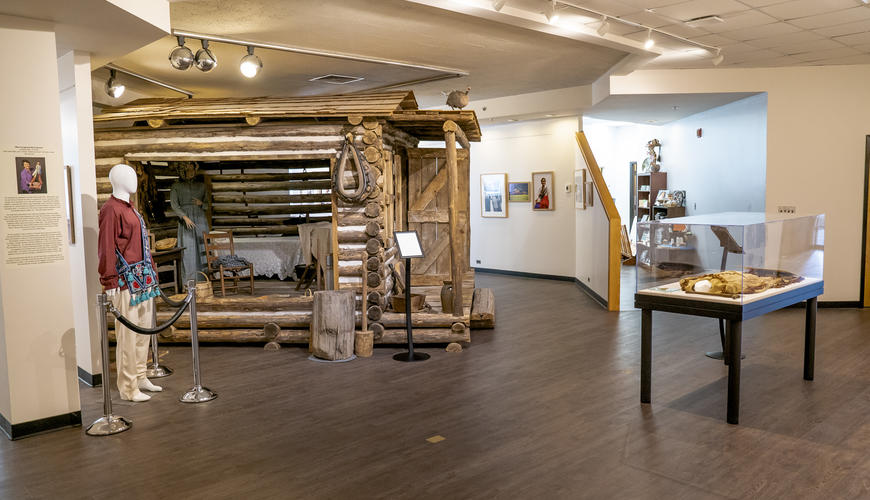UNCP and it's Cultural Significance
Before our tribe was recognized in 1885, our people were told that we could only go to school with black children, or not go to school at all. Well, why didn't we just go to school with the black kids? That's what I often wondered when I was younger hearing the stories of how UNCP was founded. Why did it matter?
As Native American people, we often feel left out of the conversation because in textbooks in public schools it was always written that native people we were gotten rid of. The colonizers had fought our "aggressive" ancestors, and won. Thus, we were eradicated. Except we weren't. We are still here, and we always have been.
Creating our own school was such a big deal so that we could maintain our identity, stay in touch with our culture, and be taught by our own people, who knew much more about the culture than the students. Before this, some of our kids never received any kind of formal education.
In 1885 a man named Hamilton McMillan garnered a separate school system for native people. In 1887, McMillan sponsored legislation for an Indian Normal School. Once the bill passed, $500 was given to support teachers. This was their salaries. The natives had to secure their own building and land, so we did. In the fall of 1887 Croatan Normal School was opened. Hamilton McMillan has a statue on campus.
In 1941 when the university started offering four-year degrees, the name of the school was changed to Pembroke College for Indians. Between 1939-1953, the university was the only state-supported four-year college for natives in the whole country. Today, we are now apart of the UNC system, and we recently celebrated our 125th anniversary.
Old Main continues to be an important part of our culture, and is a great representation for our cultural that you can go visit right on campus. The Museum of the Southeast American Indian is a great way for students who aren't apart of the culture to go learn more about who we are and where we came from.



Comments
Post a Comment